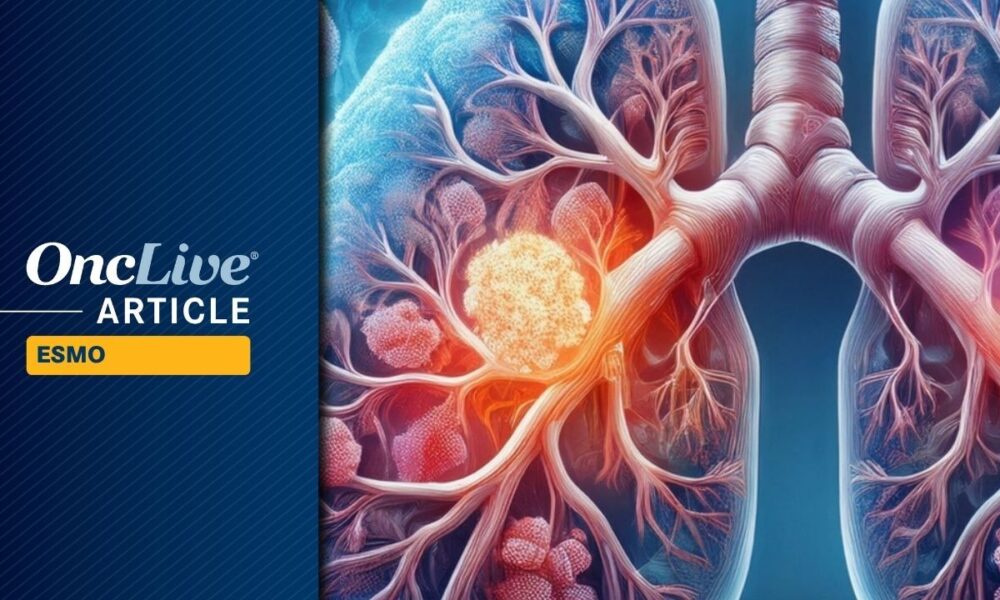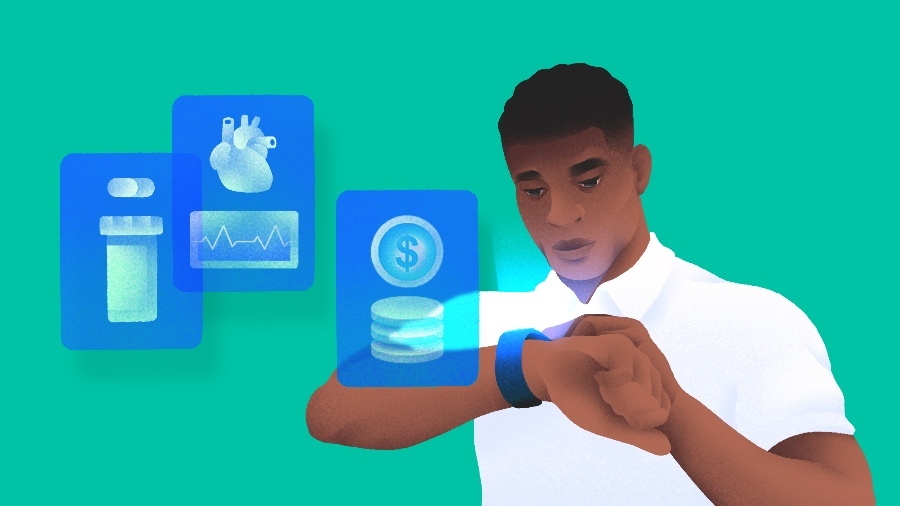Young people exposed to alcohol advertisements on social media are significantly more likely to engage in drinking and binge drinking, according to a comprehensive review by Rutgers Health. The study evaluated 31 individual research projects, analyzing the connection between digital alcohol marketing and actual alcohol consumption among adolescents and young adults.
Jon-Patrick Allem, an associate professor at the Rutgers School of Public Health and one of the senior authors of the study, emphasized that the quantity of time spent on social media is less important than the specific content users encounter. He stated, “There’s growing evidence that it’s not how long you spend on social media but what content you see that affects you.” This study suggests that exposure to alcohol promotions is a significant factor in alcohol use across diverse demographics.
Key Findings from the Meta-Analysis
The meta-analysis, published in The Lancet Public Health, compiled data from an impressive sample of 62,703 participants. The findings revealed that individuals exposed to digital alcohol marketing were approximately twice as likely to report alcohol consumption or binge drinking compared to those who did not see such advertisements. Specifically, exposure to these promotions was associated with a 75% increase in the likelihood of any alcohol use within the past 30 days and an 80% increase in binge drinking.
The study noted that even among those who had never consumed alcohol, susceptibility to drinking rose significantly. Allem highlighted the potential risks posed by algorithmic amplification on social media, which can repeatedly showcase alcohol-related content to users. He stated, “A small cue can be shown again and again,” potentially normalizing alcohol consumption for vulnerable youth.
Research indicates that while overall youth drinking rates are declining, targeted exposure to alcohol marketing can still influence certain groups of young people. This is particularly concerning as social media platforms increasingly mix paid advertisements with user-generated content, blurring the lines for impressionable viewers.
Research Methodology and Next Steps
The researchers conducted a thorough search of six databases for studies published since the rise of major social media platforms. They employed multilevel random effects models to consolidate their findings. Many of the studies included were cross-sectional surveys, allowing researchers to identify associations but not to definitively establish causation. To address this gap, the authors are currently conducting an experimental study involving around 2,000 young adults.
Preliminary results indicate that participants who viewed influencer videos featuring alcohol were between 1.5 to 2.5 times more likely to express interest in drinking compared to those who watched similar videos without alcohol references. “Subtle cues can move intentions,” Allem remarked, advocating for more rigorous experimental designs that can better track behavioral changes over time.
The review underscored that exposure to alcohol marketing is particularly pronounced on social media and has a more significant impact on adolescents than on adults. This insight could inform regulatory measures aimed at protecting younger users from harmful advertising practices.
While social media platforms have access to user data that could help limit exposure to alcohol advertisements, self-regulatory efforts within the industry are often inconsistent. Allem pointed out, “They could solve this overnight. The question is will, not capability.”
This study serves as a call to action for policymakers, researchers, and social media companies to reconsider the implications of alcohol marketing in digital spaces, particularly for younger audiences.







